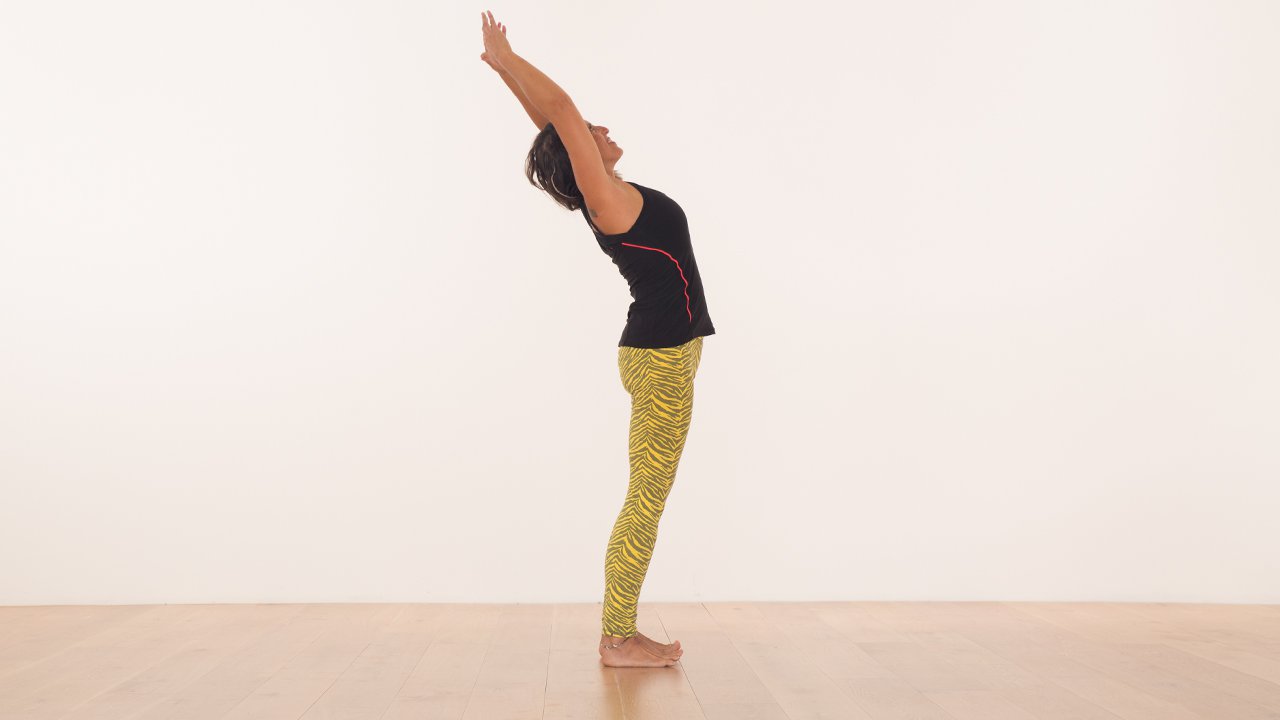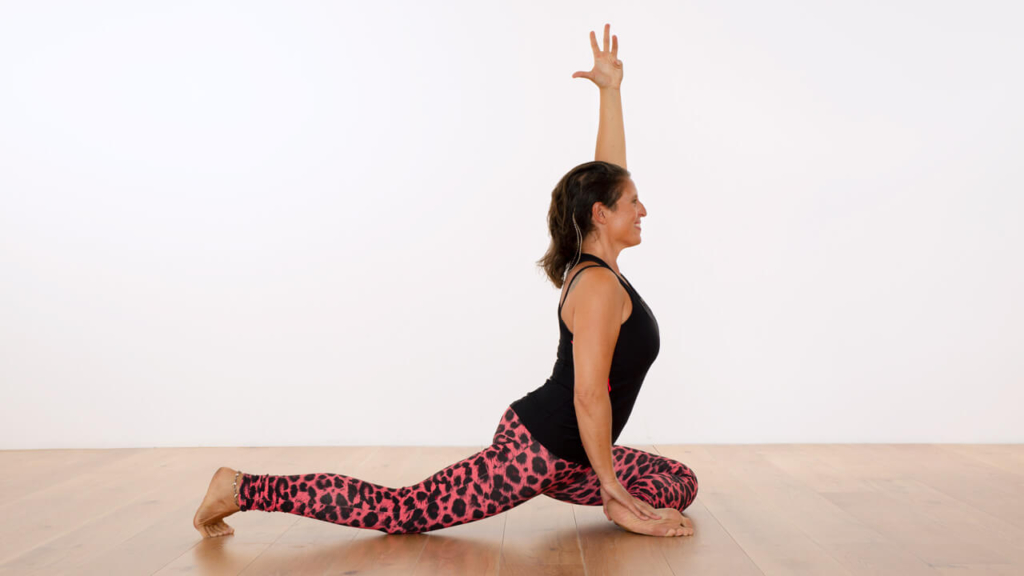These 6 explorations of the spine may offer you a different perspective in your movement practice. You can practice these and more in class with me in my Dance of the spine program, and see how sounds, visuals and imagery, our environment, and invitations help you sense your spine as an organ.
Let’s start with some questions …
Where is your spine located in the body?
When you think of where your spine is in the body, where do you automatically point to?
The front or the back body? The space in between the shoulder blades perhaps, or lower down at the sacrum?
How does your spine feel?
Does it feel like a bony structure? Like a fixed column, or like a spring?
I asked some friends how they perceived their spine and it was an eclectic range of observations. Here are just 2 of them…
“I feel my spine like an eel when I am swimming, and I connect to it with soft awareness after rolling around on the ground and being present to my body. It feels spring like, which is quite different from the sensations after waking up in the morning” Rachael
“I feel stiffness in my spine via the awareness of the tension in my neck, which feels like an accumulation from other areas in the body and mind.” Steve
I invite you through these following exercises and my Dance of the Spine classes, to consider the spine as a living, breathing, spring-like organism containing our centre or our core. Can we tune into the spinal cord and allow the interconnecting rhythms from skull to sacrum to reveal themselves?
Sensing the spine as an organ
We can look at what an organ is from a biological point of view. Here is one description. ‘A group of tissues in a living organism that have been adapted to perform a specific function.’ What’s interesting is that the word organ derives from the latin word ORGANUM which means Instrument.
Can we imagine what an organ feels like? Visualise the heart, for example. Feel it beating, sense where it is in the body and maybe you can sense the colour and texture, and that it is wrapped up in itself in spirals.
How do we sense our spine as an organ? How do we drop into the feelings emanating from the spine in response to our own breathing action, the environmental conditions, sound vibrations, and visual imagery?
I’d like to offer some different pathways to invite you to explore sensing your spine as an organ, and to see how it can transform your movement practice.
The health of the body’s systems depend on the spine – Gary Carter
1. Somatic movement and breath enquiry.
This comes from my Roll and rotate your spine to happiness class which is part of the Dance of the Spine program.
Start by lying on your back.
Try rolling on your back body – head to sacrum – holding your knees with the legs bent towards your body. Then, gently rock your body from side to side with the legs in the same position, touching the earth slowly from the head to the tailbone including the lateral body.
Lie still on your back, with the knees bent and the feet flat on the ground. Drop into your natural breathing rhythm without controlling, just let it be as it is. Explore sensing the spine being moved with the rhythm of the breath. Connect with the spine from all directions noticing any movement like elongation, lengthening, expansion, buoyancy or spring-like responses. Who is breathing whom?
How are the ribs, sternum, clavicle interconnected with the lower back? How is the head being moved? Can you connect with our other two mini-spines: the 9 fused bones of the Sternum and the 5 fused bones of the Sacrum.
(I talk more about these mini-spines in Vitality and the spine class)
Can you feel movement travelling through these 2 structures when moving your spine in a snake-like motion, embracing waves, spirals and curves without muscular effort?
Next, lie on the side of your body and feel the spine through the ribs, and even connect to movement and breath from the inside of the outer wall of the lungs. What do you feel without trying to influence anything?
Now finish by rolling onto your front body with the head comfortably on one side or support your forehead on your hands or a blanket. Can you sense…
a. Rhythms and pulses in your tissues?
b. The spinal cord?
c. The joints interconnecting the vertebrae in your spine? Try tuning into the facet joints and all the bony processes and wing-like structures on the back and side of the spine. And can you tune into the smoothness of the front of the spine?
Practice with Helen in the Dance of the Spine program
2. An experiment with visuals – the fluid spine
Take a look at this clip below and feel what you have observed.
Please note this clip was filmed after a healing session using the voice and improvisational movement embracing the method of Continuum by Emily Conrad.
3. Action – the snake in your spine
Try being in Hare pose (child pose with wide legs and resting on your elbows with a neutral head position.) Breathe into the side ribs into the armpits and sense the lungs from the inside in all directions.
Then imagine a snake in your spine and allow all waves and spirals to travel through it.
Using the same technique try sensing your spine:
- In an inversion like downward facing dog or if you have a sling or aerial yoga silks and you’re experienced, try hanging upside down
- On your hands and knees in table top position
- In your favourite rotation (twist) lying supine on the floor
- In a balance with one leg up and your foot resting onto a wall at the height of your pelvis
- In Dolphin pose, resting on your forearms and elbows with your hands in the same line if possible. See if this position changes your experience.
Bring in micro movements at any time – efficiency of movement with minimum effort.
Rest and observe your expansiveness and spaciousness.
4. Connect to the spine through your feet
Massage the front of your ankle for a few minutes and then try balancing on one leg. Can you notice some more stability and grounding? This part of the ankle (the retinaculum) contains many sensory nerve endings, and switches on our proprioception.
The try walking around in your space normally, and imagine your legs begin at different places in your body. For example imagine ‘dropping legs’ from
- The neck
- The 2 bony parts behind the ears
- The solar plexus
- The navel
- The hip joint
Notice what gives you more connection to your spinal action as a whole.
5. Experiment with more visuals – the lungs and the spine
Gill Hedley’s dissection work has given us incredible insights into the human body.
These clips are showing cadavers so please make sure you connect in with how you feel first. Gill Hedley/clips
Scroll down the page and watch ‘exquisite lungs breathing” being inflated and deflated in a dissection lab.
Then repeat the Actions in exercise 3 above.
6. An exercise exploring the breath in connection with the spine.
Lie on your back with the knees bent the soles of your feet on the floor.
Sense the breath from the tailbone with the inhale floating up the front of your spine to your brain. Then pause and with a relaxing exhale float the breath down the back of the spine back to the tailbone.
Reverse the direction and you might notice a circuit revealing itself. This is known as the microcosmic orbit.
Notice the movement of the jaw and experiment with resting the tongue on the roof of the mouth OR the tip of the tongue resting on the upper palate behind the front teeth.
I hope you’ve enjoyed my these summaries of my exploration into and through the spine. I hope you feel moved to write to me with your observations too. May your journey into the spine give you continuous pleasure, benefits and insights into your inner world and help you find more efficiency of movement with minimal effort.
Inspirations for this post
The teachings of Feldenkrais, Angela Farmer, Gary Carter at Natural Bodies, Ru Johnson and Steve Bracken from the Yoga Health Mandala.
Related
- The role of our hands and feet in movement
- What is Scaravelli-inspired yoga?
- Fountain of youth found in yogis spine


